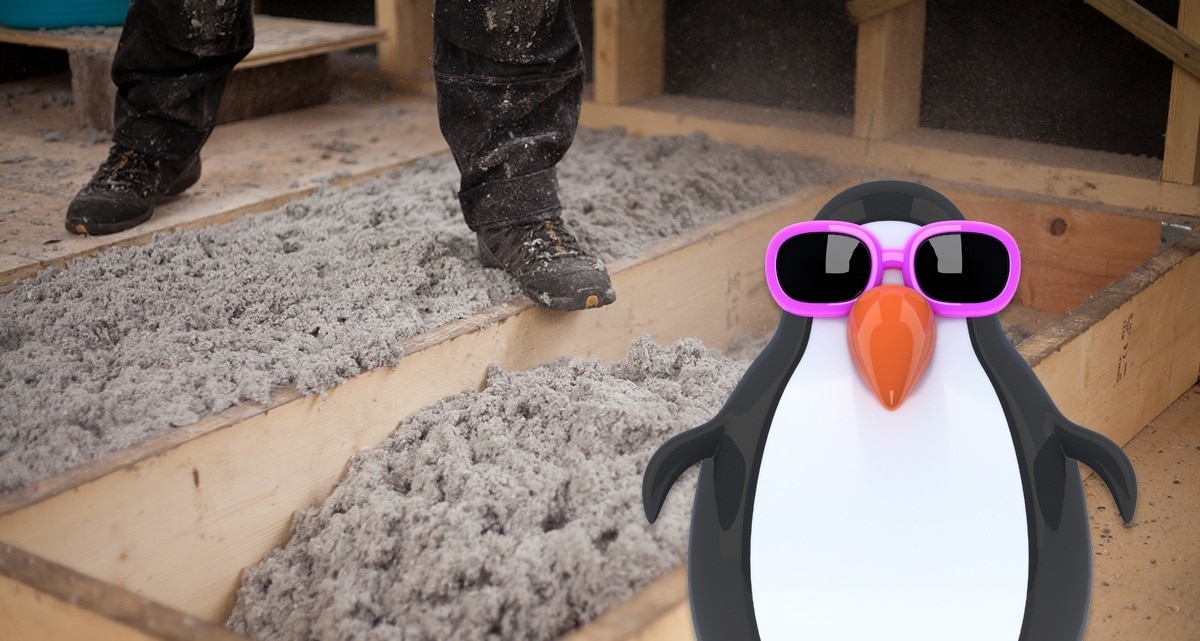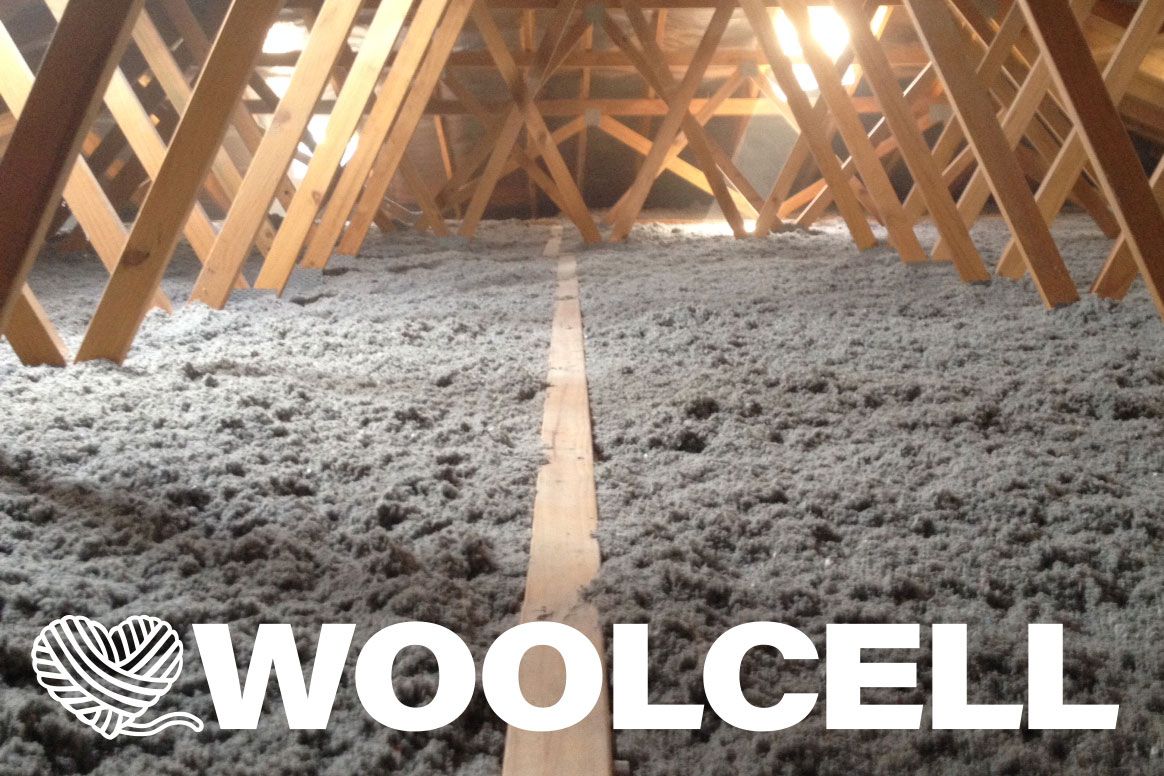As a homeowner researching the benefits of insulation you’ve probably stumbled across the term “R-Value”. But what is an R-Value and is it the most important aspect to consider for home insulation?
R-Value Explained
R-Value is simply a measure of resistance to heat flow, through a given thickness of material. Therefore, insulation is, at its core, meant to stop the movement of heat.
The essential “trick” with insulation is to stop the escape of heat in winter and to stop heat getting in during summer.
When it comes to an R-Value rating or number, the theory is that the higher the R-Value, the better the insulating effectiveness is. This may hold true when tested in a lab, but in the real world other factors come into play. Namely; temperature, moisture build-up and ageing.
In fact, newly laid insulation with a lower R-value can perform better than old insulation with a higher R-value. This is because the old insulation has likely accumulated moisture over time and has also lost a degree of density. How the insulation was installed is another key factor in terms of how well it performs.
Walls, ceilings and floors also have their own inherit R-Value. This value varies widely according to the type of ‘skin’ for example a double-brick wall or a brick veneer will have vastly different R-Values.
When installing insulation with a specific R-Value, its effectiveness can be affected by the heat flow through studs, joists and other building materials – a phenomenon known as thermal bridging.
DIY or Professional Installation?
When it comes to something as important as insulating your home, it really is better to leave it to the professionals.
Why?
Choosing the wrong material or simply not laying the right material properly, will severely impact the effectiveness of the insulation, and will in fact lower the R-Value – regardless of what the number reads on the packaging!
Poorly laid insulation can lead to higher energy bills and end up costing you more money.
Not using enough insulation and not having the right equipment to install the product are other common issues we see when it comes to a DIY installation.
In Summary..
So hopefully you now have an understanding of what an R-Value is, and why it isn’t the only thing to consider when it comes to choosing insulation for your home or workplace.
Choosing the right material and the right quantity, along with an expert performing the installation will ultimately save you more money in the long run. You’ll have cheaper energy bills and peace of mind, knowing that the insulation that you paid for is working to its maximum potential.











